A Spicy Dive into Pennsylvania Dutch Pot Pie: A Flavorful Journey Through Global Spice Traditions
When it comes to comfort food, few dishes can match the heartwarming appeal of a classic Pennsylvania Dutch pot pie. This beloved dish is more than just a meal—it's a cultural treasure rooted in tradition and infused with the rich flavors of global spice traditions. Whether you're an amateur enthusiast or a seasoned foodie, this article will take you on a flavorful journey through the history, ingredients, and techniques behind this iconic pie.
Table of Contents
- What Is Pennsylvania Dutch Pot Pie?
- Global Spice Traditions
- Practical Tips for Making the Perfect Pot Pie
- Buying Guide: Essential Ingredients and Tools
- Conclusion
What Is Pennsylvania Dutch Pot Pie?
The Pennsylvania Dutch pot pie is a rustic, hearty dish that has been a staple in Amish and Mennonite communities for generations. It’s typically made with a flaky crust, filled with a savory mixture of meat (often chicken or pork), vegetables, and a rich, spiced gravy. What makes this dish unique is its use of traditional spices like nutmeg, allspice, and cloves, which give it a warm, comforting flavor profile.
While the exact recipe may vary by family or region, one thing remains constant—the deep connection to heritage and community. The Pennsylvania Dutch pot pie is not just about taste; it’s about preserving a way of life that values simplicity, sustainability, and the joy of sharing meals with loved ones.
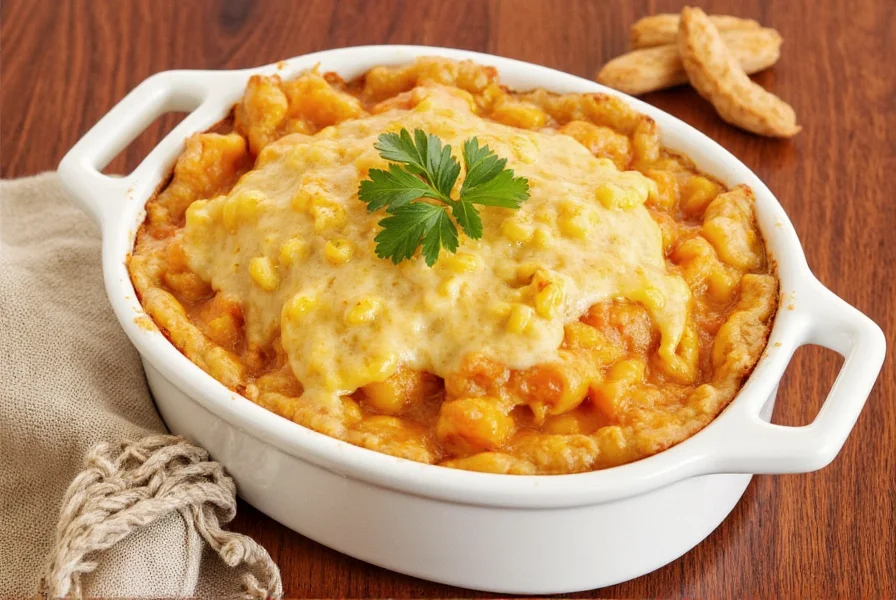
Global Spice Traditions
Spices have long played a crucial role in shaping the culinary landscapes of different cultures around the world. From the fiery curries of India to the aromatic blends of Moroccan tagines, each region has developed its own unique spice traditions that reflect its geography, history, and lifestyle.
The Pennsylvania Dutch pot pie is no exception. While it may seem like a distinctly American dish, its use of spices like nutmeg and cloves actually traces back to European influences—particularly from German and Dutch cooking traditions. These spices were once rare and expensive, making them a symbol of luxury and refinement. Today, they’re more accessible, but their ability to transform simple ingredients into something extraordinary remains unchanged.
To better understand how the Pennsylvania Dutch pot pie fits into the broader context of global spice traditions, let’s take a quick look at some key spice regions:
| Region | Signature Spices | Culinary Influence |
|---|---|---|
| India | Cardamom, cumin, turmeric | Rich, complex curries and stews |
| Mexico | Cumin, chili, oregano | Flavorful salsas, tacos, and moles |
| China | Sichuan pepper, star anise, ginger | Stir-fries, soups, and braised dishes |
| North Africa | Cumin, cinnamon, saffron | Tagines, couscous, and spiced meats |
| Europe (Germany/Dutch) | Nutmeg, cloves, allspice | Hearty pies, stews, and baked goods |
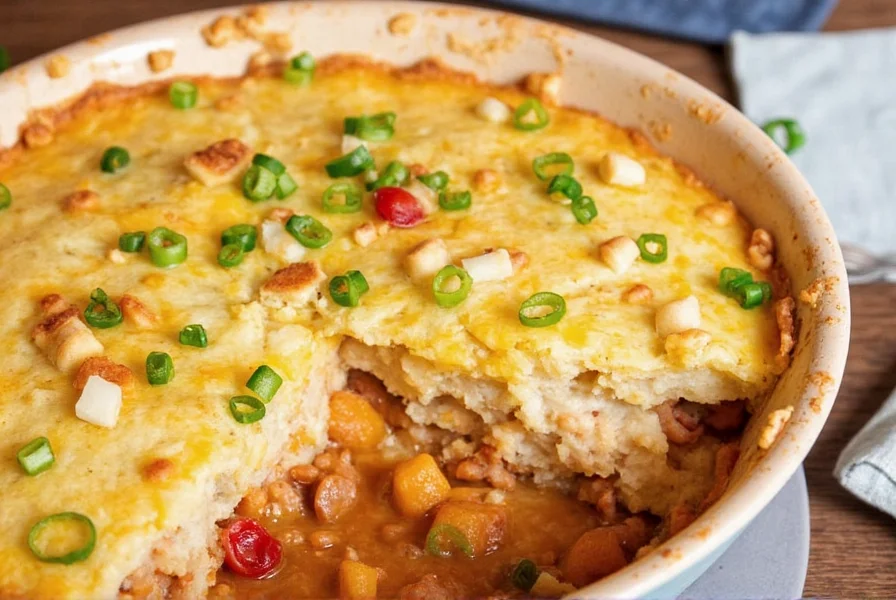
Practical Tips for Making the Perfect Pot Pie
If you’re ready to try your hand at making a Pennsylvania Dutch pot pie, here are some practical tips to help you get started:
- Use fresh, high-quality ingredients. The best pot pies start with good meat, crisp vegetables, and a rich, homemade broth.
- Make your own crust. While store-bought crusts are convenient, nothing beats the flakiness and flavor of a homemade pie crust.
- Balance your spices carefully. The Pennsylvania Dutch pot pie relies on a subtle blend of warming spices, so don’t overdo it. Start with small amounts and adjust as needed.
- Let the filling rest before baking. Allowing the mixture to sit for a bit helps the flavors meld and ensures a more cohesive final product.
- Don’t skip the egg wash. A light brush of egg wash on top gives your pie a golden, glossy finish.
For those who want to go the extra mile, consider adding a twist to the traditional recipe. Try using smoked chicken, sweet potatoes, or even a vegetarian version with mushrooms and kale. The Pennsylvania Dutch pot pie is a versatile dish that can be adapted to suit any palate or dietary preference.

Buying Guide: Essential Ingredients and Tools
To make a Pennsylvania Dutch pot pie, you’ll need a few key ingredients and tools. Here’s a breakdown of what to look for:
Ingredients
- Meat: Chicken, pork, or beef—choose a cut that’s suitable for slow cooking, like chicken thighs or pork shoulder.
- Vegetables: Carrots, onions, celery, and potatoes are common choices. You can also add peas, corn, or green beans for extra texture and flavor.
- Spices: Nutmeg, cloves, allspice, and black pepper are essential. Some recipes may also include cinnamon or bay leaves.
- Broth: Use either homemade or store-bought chicken or vegetable broth. For extra depth, add a splash of white wine or sherry.
- Crust: Either homemade or store-bought. If making your own, look for high-quality flour, butter, and lard for a flaky texture.
Tools
- Large pot or Dutch oven: Ideal for cooking the filling before baking.
- Pie dish: Choose a deep dish to hold the generous amount of filling.
- Rolling pin: Necessary if you're making your own crust.
- Pastry brush: For applying the egg wash.
- Measuring cups and spoons: To ensure accurate spice and ingredient measurements.
When purchasing pre-made ingredients, look for products that are free from artificial additives and preservatives. For example, choose organic meats, fresh vegetables, and natural broths whenever possible. This will not only enhance the flavor of your Pennsylvania Dutch pot pie but also support sustainable and ethical farming practices.
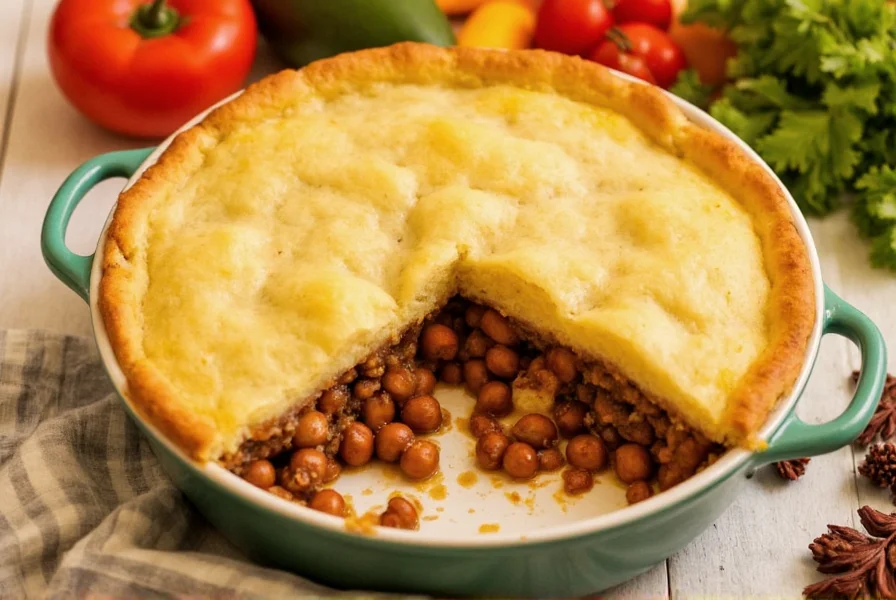
Conclusion
The Pennsylvania Dutch pot pie is a true testament to the power of spices and the importance of tradition in cuisine. By blending elements of European spice traditions with American comfort food, this dish offers a unique and deeply satisfying experience. Whether you’re cooking it for a family dinner, a holiday gathering, or simply because you love good food, the Pennsylvania Dutch pot pie is sure to bring warmth, flavor, and a sense of nostalgia to your table.
As you explore the world of global spice traditions, remember that every dish tells a story—and the Pennsylvania Dutch pot pie is a delicious chapter in that story. So grab your apron, gather your ingredients, and enjoy the journey of creating a piece of history with every bite.
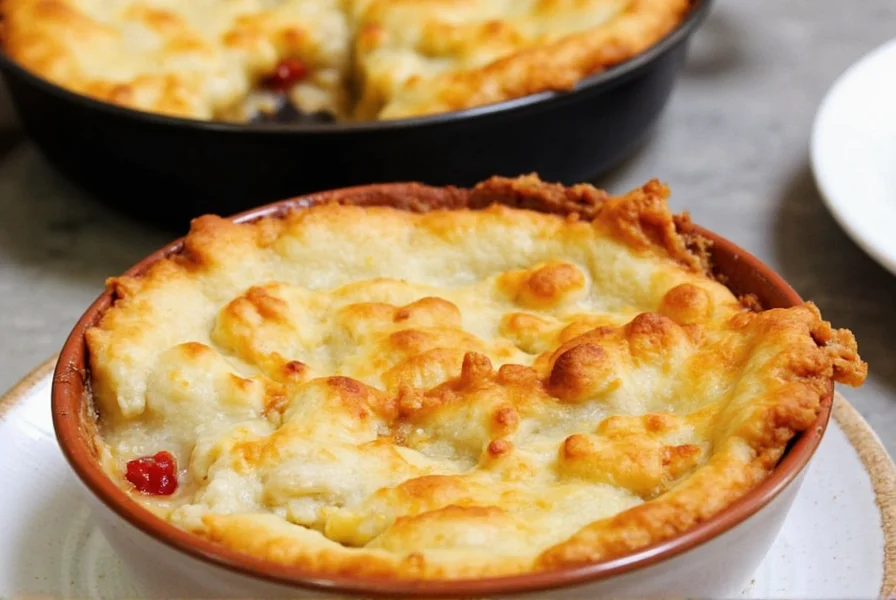

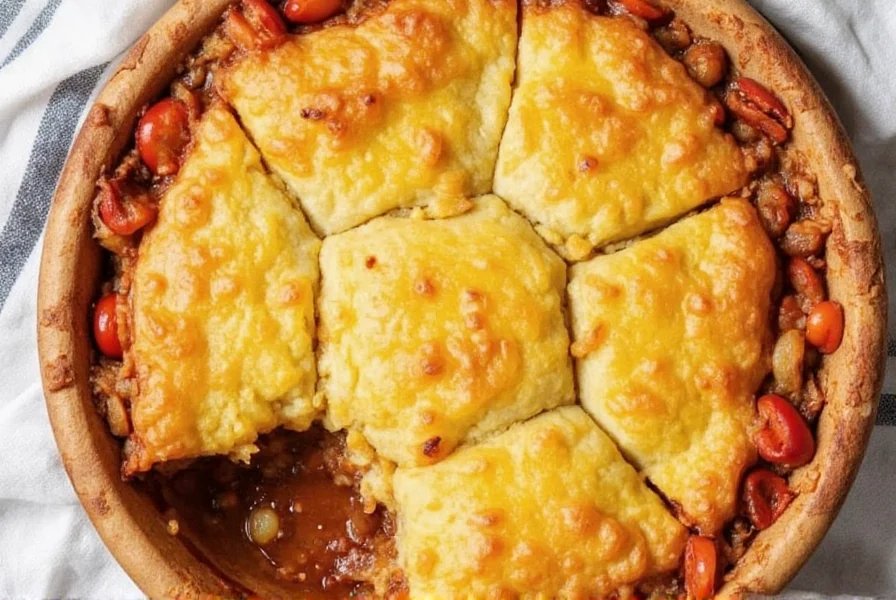









 浙公网安备
33010002000092号
浙公网安备
33010002000092号 浙B2-20120091-4
浙B2-20120091-4